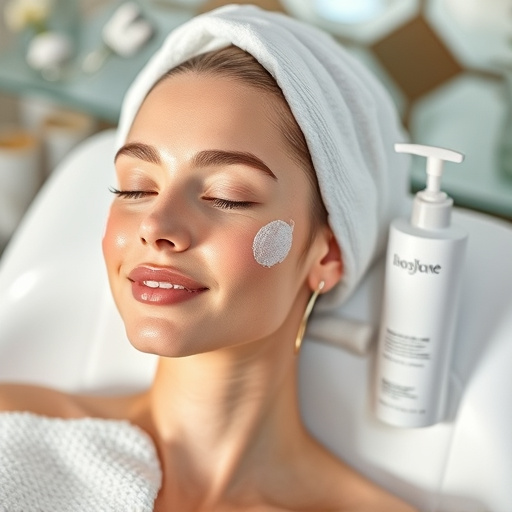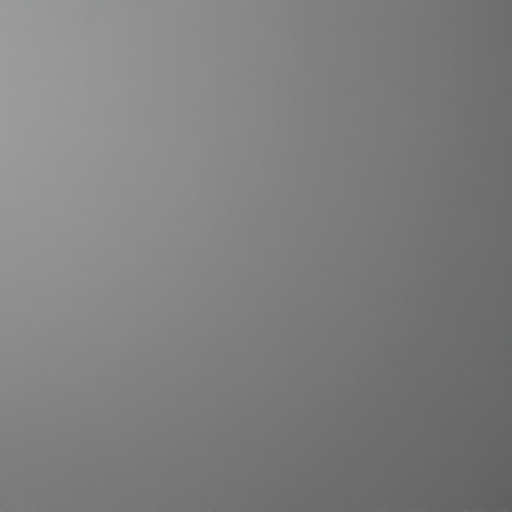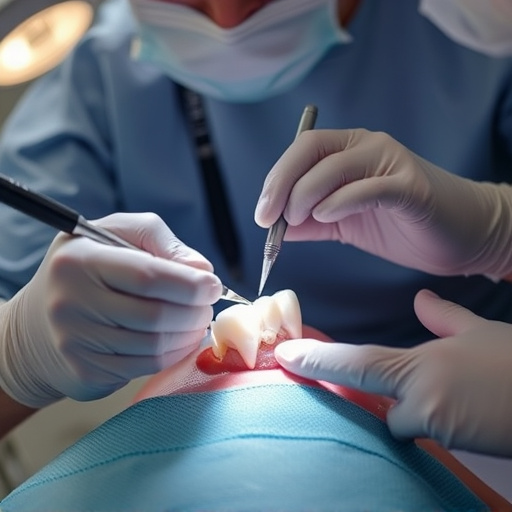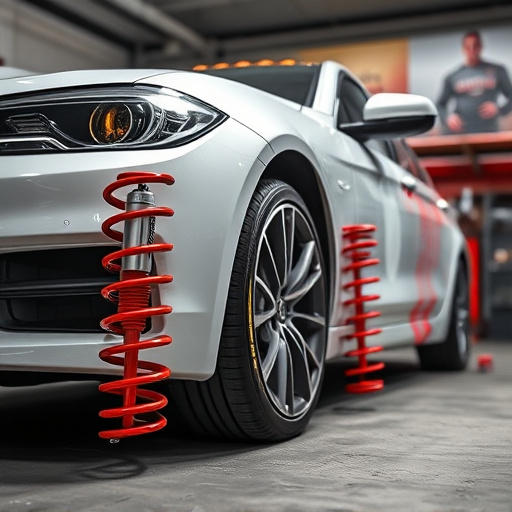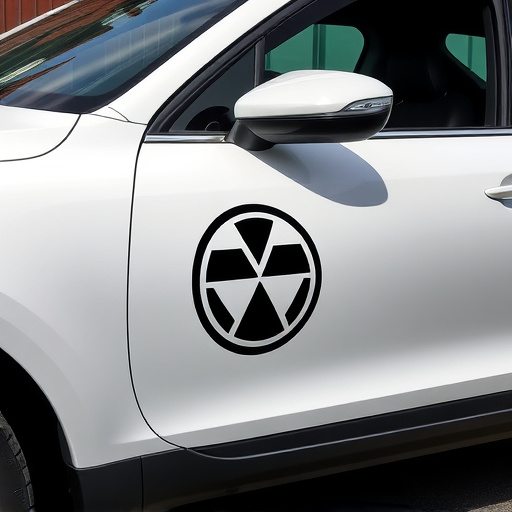Selecting the right clear coat for DIY restoration projects is vital, as different materials require unique properties. Proper surface preparation, including cleaning and smoothing, ensures adhesion. Applying a consistent, thin layer (2-3 mils) with the correct technique enhances aesthetics and durability. Following product instructions prevents mistakes like poor coverage or bonding issues.
“Elevate your DIY skills with this guide on common pitfalls in clear coat restoration projects. Many enthusiasts make mistakes that can mar the finish, from selecting incompatible clear coats to overlooking crucial surface preparation. Learn why these errors occur and how to avoid them. Master the art of application – neither too thin nor too thick – for a flawless, durable finish. Optimize your project with this essential knowledge, ensuring your restored surfaces look as good as new.”
- Choosing the Wrong Type of Clear Coat
- Skipping Surface Preparation Step
- Applying Clear Coat Too Thin or Thick
Choosing the Wrong Type of Clear Coat
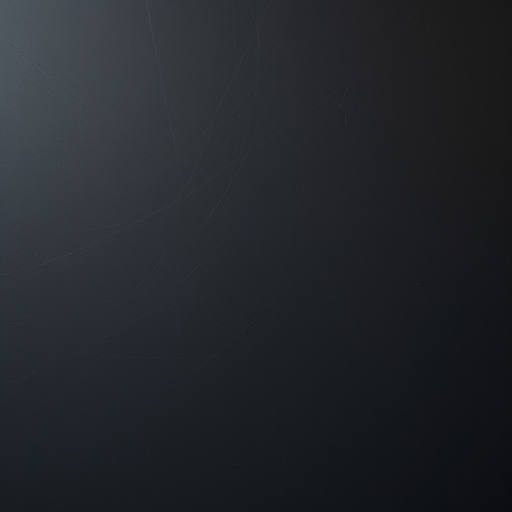
When diving into a DIY clear coat restoration project, one common pitfall is selecting the unsuitable type of clear coat for your surface. Not all clear coats are created equal; each has unique properties designed for specific applications and materials. For instance, using an automotive clear coat on wood or metal may not offer the necessary protection due to differing material compositions and environmental interactions.
Moreover, ignoring factors like UV protection and paint protection film can lead to premature fading and damage. Incorporating custom graphics into your project requires a clear coat that allows for intricate designs while ensuring longevity. The right clear coat, whether for aesthetic enhancement or protective layers, is crucial in achieving the desired results and extending the lifespan of your restoration work.
Skipping Surface Preparation Step

Many DIY enthusiasts often rush into starting their clear coat restoration projects without realizing that proper surface preparation is key to achieving a professional finish. Skipping this crucial step can lead to poor adhesion, bubbling, and an overall subpar result. Before applying any clear coat, it’s essential to thoroughly clean the surface, removing any dirt, grease, or existing sealants. This process ensures a smooth base for the new coating to adhere to.
Additionally, the surface needs to be sanded and smoothed out to create a uniform texture. Neglecting this preparation can result in visible imperfections, such as streaks or uneven gloss, once the clear coat is applied. So, take your time, invest in the right tools like cleaning solutions, abrasives, and a detailed microfiber cloth, and ensure your project’s longevity by laying the proper foundation with ceramic window tinting and paint correction techniques.
Applying Clear Coat Too Thin or Thick

Applying clear coat is an art that requires precision to achieve a flawless finish. One of the most common mistakes DIY enthusiasts make is using the wrong thickness of clear coat. Applying it too thin can result in poor coverage, visible imperfections, and a lack of protection for the restored surface. On the other hand, applying it too thick may cause issues like uneven drying, bubbling, or a cloudy appearance. The ideal application involves achieving a consistent, thin layer that provides a smooth, glossy finish.
When undertaking a clear coat restoration project, whether on vehicle wraps or automotive detailing, ensure you follow product instructions regarding recommended applicator techniques and dry times. Using the correct thickness, typically around 2-3 mils, allows the clear coat to bond effectively with the surface, enhancing the overall aesthetics and durability of your paint correction efforts.
DIY clear coat restoration projects can transform old, dull surfaces into sparkling gems, but common mistakes can lead to disappointing results. Avoid choosing the wrong type of clear coat, as different finishes serve various purposes. Never skip surface preparation; this crucial step ensures adhesion and a long-lasting finish. Applying clear coat too thin or thick will hinder its effectiveness, so always follow product instructions for optimal coverage. By steering clear of these common errors, you’ll achieve professional-looking clear coat restoration results.
